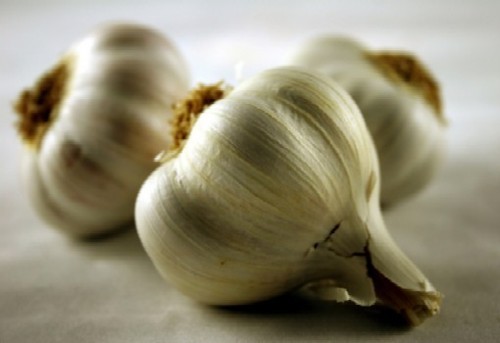BananaA cup of banana supplies 467 mg of potassium, an essential mineral for maintaining normal blood pressure and heart function. Consuming a banana a day may help prevent blood pressure and protect against atherosclerosis. This fruit is known for its antacid effects, protecting the stomach against ulcers and ulcer damage. It also contains pectin, which can help normalize the movement through the digestive tract and ease constipation. Other health benefits include: reduction of depression and stroke risk, build better bones and promote kidney health.OnionsThe health benefits of this kitchen staple are sometimes overlooked or not known. Studies are focused on their quercetin, flavonoids, chromium, natural prebiotics and GPCS content. Quercetin has anti-inflammatory and anti-tumor properties; they may also help reduce symptoms of fatigue, depression and anxiety. Chromium helps cells respond to insulin to decrease glucose levels, improve glucose tolerance, lower insulin levels, and decrease cholesterol and triglyceride levels. It is also a natural cure for PMS. A peptide compound recently identified in onions known as GPCS has been found to help maintain healthy bones by inhibiting the activity osteoclasts–the cells that break down bone.CauliflowerThe cauliflower is a treasure-trove of good things. The health benefits of this broccoli relative include: promotion of liver detoxification due to its sulfur-containing phytonutrients; cell detoxification optimization, protection against rheumatoid arthritis and cardiovascular benefits. Cruciferous vegetables like cauliflower contain compounds that stop enzymes from activating cancer-causing agents in the body. A cup of cauliflower supplies excellent amount of vitamins C and K, folate and dietary fiber. They are also loaded with B complex and other essential nutrients.PotatoesPotatoes, the number one vegetable crop in the world is a very good source of vitamin C, a good source of vitamin B6, copper, potassium, manganese, tryptophan and fiber. One new analytical method has identified 60 different kinds of phytochemicals and vitamins in the skin and flesh of potatoes including flavonoids, quercetin and kukoamines. Anyone avoiding potatoes because they think it is fattening is missing out its blood pressure lowering potential and cardiovascular protection. Its vitamin B6 is also good for athletic performance and endurance and normal brain cell and nervous system activity.GarlicGarlic is overflowing with a variety of powerful sulfur-containing compounds such as thiosulfinates (of which the best known compound is allicin), sulfoxides (among which the best known compound is alliin), and dithiin (in which the most researched compound is ajoene) which are not only responsible for its characteristically pungent strong odor but also the source of its many health-promoting effects including its anti-inflammatory, antibacterial and anti-viral power. The same compounds together with the garlic’s other nutrients like vitamins B6 and C, tryptophan, selenium, phosphorous and calcium are also beneficial for weight control, and cardiovascular and cancer protection and promoting optimum health. A cup of garlic supplies an excellent amount of the mineral manganese which aids in the formation of connective tissue, bones, blood-clotting factors, and sex hormones and plays a role in fat and carbohydrate metabolism, calcium absorption, and blood sugar regulation. read more..

No comments:
Post a Comment